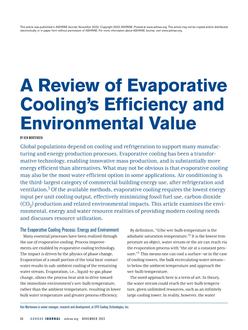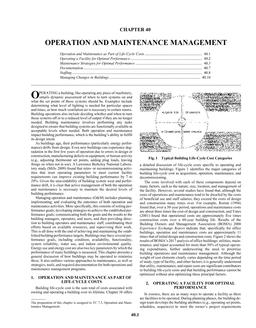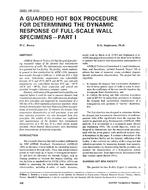Verifying the simulated controls for HVAC components in energy models is not commonplace in practice presently. However, it is very important to ensure the simulated systems are controlled as desired for accurate simulation results. Limitations of the software tools available or other factors such as missing information make it particularly challenging to verify the controls for complicated HVAC systems in the simulations. Energy modelers may employ several workaround strategies to simulate these complicated systems, these usually involve the use of alternate components in the software tools or some assumptions related to the HVAC system. It is important to ensure that the components are controlled as desired so that they follow the actual mechanical designer’s intent. Verification of the implemented controls in real-life systems during commissioning can be done using a graphical approach called “Operation Diagnostics”. Sensor data collected from the building automation system (BAS) is visualized and compared to ideal patterns generated from the sequence of operations (SOOs). This comparison helps to diagnose possible deviations of the system functioning from the design intent and identifies opportunities to optimize its performance.
This paper proposes the application of “Operation diagnostics” approach to energy modeling results to diagnose issues related to the simulated controls. A spreadsheet based tool was developed to automatically visualize the energy simulations results for comparison against the ideal operation patterns generated from the SOOs. This visual-statistical approach would help the modeler to quickly validate the energy model and increase its accuracy.
Citation: ASHRAE/IBPSA-USA Bldg Simulation Conf, 2016
Product Details
- Published:
- 2016
- Number of Pages:
- 6
- Units of Measure:
- Dual
- File Size:
- 1 file , 4.9 MB
- Product Code(s):
- D-BSC16-46


